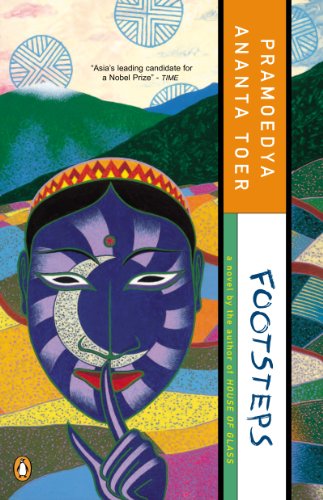I bought and began reading the first volume (This Earth of Mankind (Bumi Manusia in Bahasa Indonesian, the national language) of the Buru Quartet by Indonesian novelist, Pramoedya Ananta Toer (1925-2006) in the Jakarta airport. It was spellbinding. It would have had to be to take me away from the blooming, buzzing confusion of the Garuda departure lounge!
Minke, who is the first native (Javanese in his case) student in the most elite Dutch high school in Surabaya narrates the first three volumes of the quartet. (Actually, there is another one, but adopted by European parents, this other one is not known by anyone in the school except Minke to be native.)
Minke becomes involved with the Indo (half-blood) daughter of a Javanese concubine (nyai) of a Dutch entrepreneur Herman Mellema. Mellema has ceded control of his burgeoning sugar and dairy empire to Nyai Ontosoroh. Minke marries their daughter, Annelies, in Muslim ceremonies that are disregarded by the authorities when Mellema is murdered and the companies seized by a “legitimate” Mellema son.

There is a whole lot of soap opera and colonial injustice in the first two volumes (Child of All Nations is the second). By the third, Footsteps (Jejak Langkah, fkrst published in 1985), Minke has left medical school and become a fulltime anticolonialist journalist and activist. At the end of the volume he is exiled to the distant island of Ambo and denied any contact with his business, personal, and/or political confederates on Java. Footsteps largely buries Minke’s story under political intrigues. I find the last two volumes of the quartet less interesting, less gripping than the first two
©2017, Stephen O. Murray